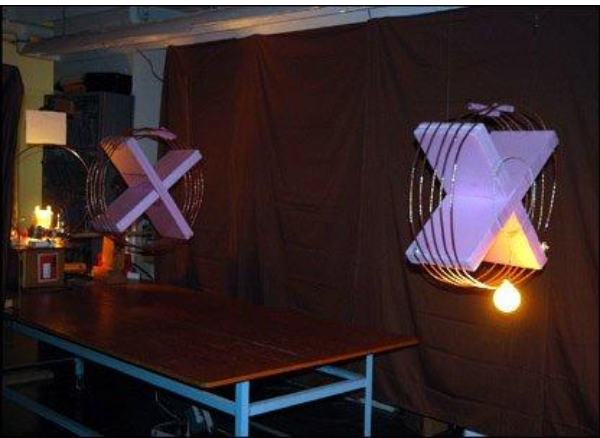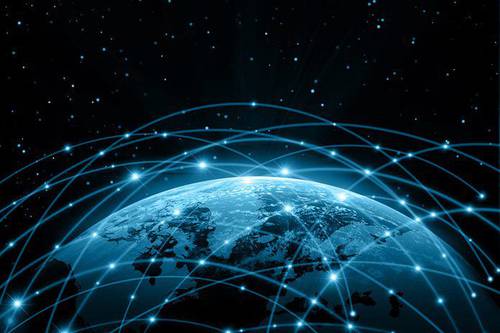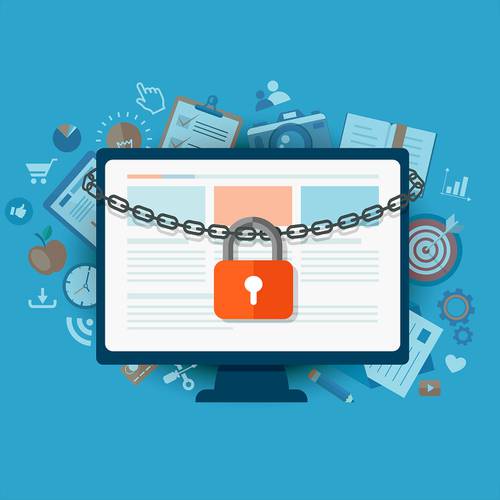One spends their lifetime plugging devices in. Be it either mobiles or laptop chargers or your television sets. How many of you have been enraged when your phone runs out of charge at the exact moment you need it the most? It hurts, right? But all that’s about to change!
There are trillions of dollars spent in setting up power stations and wires carrying electricity from where it is generated to our homes and offices. We have batteries too - an object that gives us power for a while before ending up in the garbage. Have you ever given a thought to what happens after you throw away a battery? We usually don’t, since it is not useful to us anymore. But then there is a negative aspect to all this. Used wires and depleted batteries are highly detrimental to the environment. Just think about it, overhead wires get damaged in rough weather and can lead to calamities that can claim human lives. As for the batteries, 40 billion of them are manufactured every year and when their work is done, they fall apart, disintegrate and end up in a junkyard slowly decaying and releasing harmful stuff into the environment.
Imagine there was a technology that will never require us to plug our computers and phones into plug points ever again. That’s where wireless electricity (WiTricity) comes into the picture.
The earliest vision of wireless electricity was thought of by Nikola Tesla. As the great engineer and inventor he was, he dedicated his whole life to working with electricity. But his vision of a world running on wireless electricity was made possible for the first time by a MIT professor on his third sleepless night.
MIT Professor Marin Soljačić stood in his pajamas looking at his phone. This was the 6th time in that month that he was woken up by the beeping of his phone warning him that the battery was low. In those moments, a thought occurred to him. “There is electricity wired all through my house, my office and everywhere. The phone should take care of its own charging!” But to make this dream into a reality, one has to find a way to transfer power from these wired infrastructures to the phone wirelessly. Soljačić started working on a physical phenomenon that would make this possible.
Soljačić, with a group of MIT physicists, was able to power a light bulb of about 60 watts from a distance of two meters wirelessly. It was around 50% efficient which is still a thousand times more efficient than what a battery would be able to perform the same task. The concept behind it was called resonant energy transfer.
 |
In this experiment, one of the coils was connected to an AC power supply having a resonant source. The other coil having a resonant capture device was connected to a 60W light bulb. They were suspended in mid-air by a nylon thread at a distance ranging from a few centimeters to 2.5 meters. The power supply was able to light the bulb wirelessly.
The experiment carried out by Soljačić and his students
So what is resonance? When two objects vibrate at the same frequency, they are said to be in resonance. And the frequency at which they are vibrating is called resonating frequency. The energy can be transferred between two resonating objects at some distances.
Try to understand it like this - inside a transformer there are two coils of wires. They are very close to each other and transfer energy from one coil to another magnetically and wirelessly. But this phenomenon occurs over a very short distance. What Dr. Soljačić did was separate the coils in the experiment to a greater distance than in transformers and make it work somehow.
And how does the WiTricity technology work?
Imagine a coil with a capacitor attached to it. If we can make this coil resonate, what happens is that it will pulse at a resonating current frequency which is fairly high. And if a “power capture coil” is brought near the source such that it will only work at the same frequency, what happens is that the magnetic field will induce a current in the capture coil and, a magnetic field around it. The magnetic fields of these two coils couple tightly and they transfer power efficiently.
In simple words what’s actually happening is that you convert electricity into a magnetic field, take that magnetic field and turn it back into electricity to use it, but over some distance.
What are its benefits?
This non-radioactive power transfer works on magnetic fields and is 100% safe in nature. It’s almost the same as the Earth’s magnetic field. It reduces the cost when compared to wired connectors. Plus imagine how convenient it would actually be in day to day life for charging everyday electronics. It is also a very safe way of power transfer. Whatever the job may be; difficult, dirty or dangerous, wireless power delivers reliable and sustainable power.
What is the future of WiTricity?
We can look forward to a world in which wireless power is integrated in all parts of everyday life. Wireless electricity is still a very new concept and is in its development phase but it has a wide range of applications effectively ranging from household appliances to industrial applications. It has been able to charge cell phones wirelessly and have been able to turn on television sets wirelessly too.
Wireless power holds potential for its uses in hospitals as it can provide a cleaner and more hygienic environment. It can be used in implanting medical devices which will reduce infection. Imagine walking into your room and having your desktop turn on automatically. Or imagine a wireless home where you place your lamp anywhere and it lights up or your phone charging while it’s still in your pocket. Imagine a world without wires. The idea is revolutionary, but we still have a long way to go, before we see its fruition in reality.





